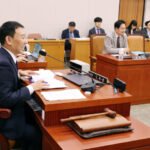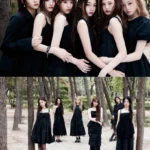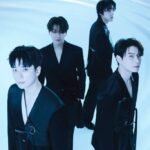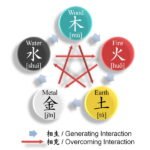(Courtesy of Getty Images)
Young rich Koreans have emerged as big players in South Korea’s asset management market, expanding into M&A and commercial real estate sectors, areas dominated by institutional investors.
With high financial literacy, they have amassed wealth through aggressive stock and cryptocurrency invesments since 2020, using high leverage.
A group of young rich Koreans recently purchased shares in a domestic online fashion platform up for sale for split ownership, said Lee Sang-hee, a private banker at Shinhan Bank’s wealth management branch in the affluent Gangnam district in Seoul.
This illustrated the rise of the younger generation of wealthy individuals and their growing presence in the domestic asset management market.
“They are now setting their sights on the markets led by institutional investors,” Lee added.
The number of high-net-worth individuals in their 20s and 30s with more than 500 million won ($370,000) in financial assets reached 6,659 at top four South Korean banks as of the end of April, according to calculations by The Korea Economic daily, based on data from the banks on May 17.
The number of the young rich in the 20-39 age group marked a 20.8% rise from 5,514 as of the end of 2019.
The five banks are Kookmin, Shinhan, Hana and Nonghyup, belonging to KB Financial Group, Shinhan Financial Group, Hana Financial Group and Nonghyup Financial Group, respectively.
This is the first time that the relevant data was released in public.
(Courtesy of Getty Images)
CRYPTOCURRENCY INVESTMENTS
For the younger cohort aged 20 to 29, the number of the wealthy leapt 33.4% to 1,390, versus 1,042 during the same period.
The 20-age group has built wealth in large part through cryptocurrencies. Many of those their 30s made money by selling shares after starting a business, said a Hana Bank wealth management official.
“Even with little seed money, they have grown assets with a high level of understanding about the capital market and using a higher level of leverage,” he said.
At one of the four banks, the average assets of the 20s with financial assets of 500 million won to 1 billion won stood at 672.0 million won as of the end of April. That surpassed 668.4 million won for those in their 30s.
Among the high-net-worth with 1 billion won or more in investible assets, the average assets of the 20-age group came in at 3.2 billion won at the bank, more than 3.1 billion won for the 30-age group.
(Courtesy of Getty Images)
“In the past, the vast bulk of the young rich were so-called those born with a golden spoon,” said Kim Young-hoon, vice president of Hana Bank in charge of the bank’s asset management division.
“Recently, there has been an increase in self-made, wealthy individuals who raised seed money through investments in stocks and cryptocurrency.”
ASSET DIVERSIFICATION
They are diversifying into tax-saving bonds, private equities and shares in companies put on the M&A market, as well as well-located commercial real estate assets.
“They are balancing aggressive and defensive investments rather than focusing on a certain type of asset as they have done in the past,” said Lee at Shinhan Bank.
Since the start of this year, domestic banks have launched VIP investment products tailored to the young rich.
Last month, Shinhan Bank unveiled the “Shinhan Next Leaders Program” for high-net-worth individuals born after 1984.
The program will provide lectures on corporate management strategy, succession, taxation and leadership to young entrepreneurs and deep-pocketed customers.
By Jae-Won Park and Eui-Jin Jeong
wonderful@hankyung.com
Yeonhee Kim edited this article















